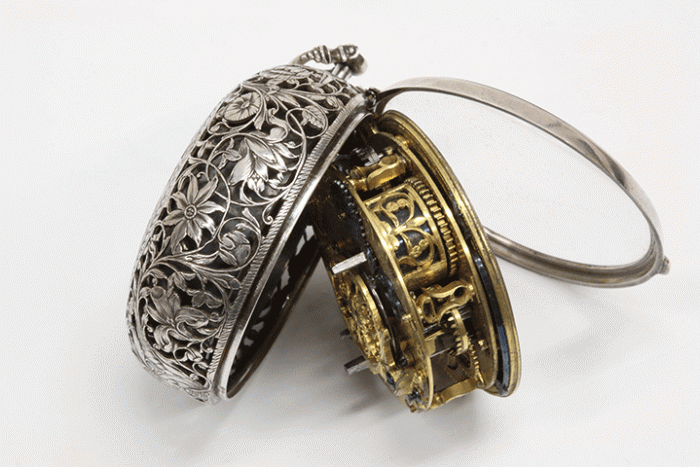Clock in with the Science Museum’s new permanent collection

Always running late? Have trouble staying on the clock? It’s high time, then, that you head down to London’s Science Museum where, from October, visitors can expect to be inspired by the history of good timekeeping as a remarkable collection of clocks, assembled by the Worshipful Company of Clockmakers, an ancient London Livery Company, is set to go on permanent display.
The collection, which includes some 600 watches, 30 clocks and 15 marine timekeepers, and spanning the period from the 15th century to the present day, tells the story of the Clockmakers of London and charts their history through the years.
It is considered one of the best horological collections in Britain, featuring everything from the first mechanical clocks and marine chronometers used at sea to the traditional wristwatch.
Founded in 1814, key pieces in the collection include: a year duration longcase clock by Daniel Quare, London (c. 1647-1724); a watch containing the world’s first thermostat; the 5th marine timekeeper completed in 1770 by John Harrison; who secured the famous Longitude Prize of 1714 for devising a way of establishing the East-West position of a ship at sea; and, a watch used to carry accurate time from Greenwich Observatory to London
The Science Museum also houses the Measuring Time gallery which displays beautiful handcrafted clocks, watches and sundials from different eras as well as early electrical clocks. It includes the third oldest clock in the world, dating from 1392 (on loan from Wells Cathedral) as well as a 1,500-year-old Byzantine sundial-calendar, the second oldest geared mechanism known to have survived.
With all these amazing examples of ingenuity on show, there’ll be no excuse for tardiness.







